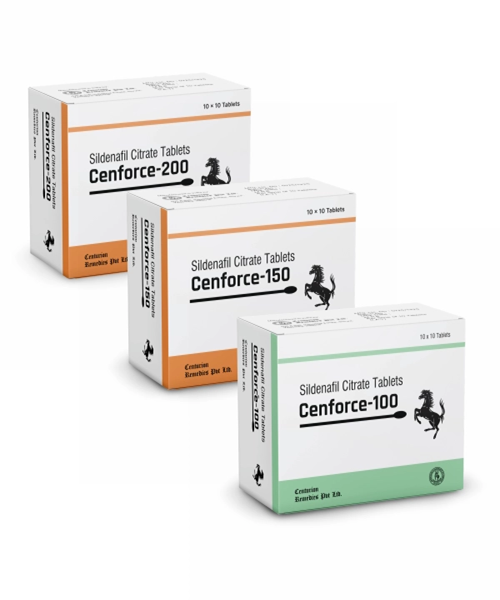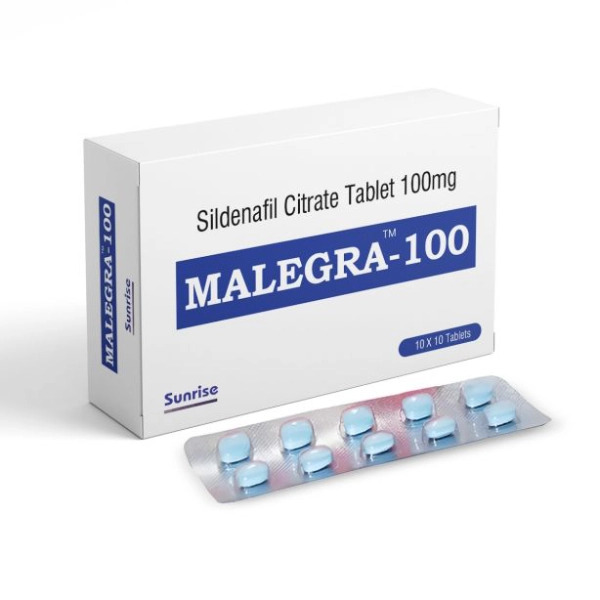
Duplex pipes stand at the forefront of piping technology, delivering extraordinary longevity and reliability across a broad array of industrial sectors. Their development represents a pivotal advance, supplying engineers and operators with a formidable substitute for legacy piping materials.
A thorough grasp of duplex metallurgy, fabrication, and performance characteristics reveals how these pipes facilitate enhanced safety, lower lifecycle costs, and extended service intervals in applications ranging from upstream oil and gas to corrosive chemical transport and demanding marine duty.
What Makes Duplex Pipes Unique?
The defining feature of duplex pipe is their proprietary microstructure, which consists of roughly equal proportions of ferritic and austenitic stainless steel. This balanced, two-phase arrangement yields a synergy of properties unavailable in conventional alloys.
The ferritic grains confer high yield strength and resistance to stress corrosion cracking, while the interspersed austenitic islands confer toughness and ductility. The resultant material achieves higher yield strength—typically twice that of austenitic stainless steel, along with enhanced resistance to pitting, crevice attack, and general corrosion in chloride-rich environments.
Key Advantages
Duplex stainless steels excel in aggressive media, providing unmatched resilience against chlorides, pitting, and crevice corrosion. The microstructure of ferrite and austenite phases absorbs micro-inclusions while preserving track integrity in acidic, alkaline, and saline media, making them suitable for:
- Subsea production modules
- LPG or CA-Coldund red oil systems
- Topside horizontal separators
- Marine flare lines
Enhanced Mechanical Strength
With yield strengths 40% above conventional 316L grades, duplex pipes accommodate higher mechanical and thermal stresses while minimizing weight. The superior toughness-to-weight ratio enables:
- Thinner sections in piping and risers
- Smaller supports and hangers
- Streamlined installation and lower vessel drafts
- Long-Term Economic Advantage
The combination of durability and lower installation weight translates into lower lifecycle costs. Maintenance shutdowns, spares, and line replacement are all diminished across
- Downstream offshore refining modules
- Sour-water effluent lines
- High-cycle chemical-injection networks
Industry Applications
Duplex grades have become the material of choice for critical upstream and midstream piping, joining:
Oil and Gas
- High-capacity subsea bundle lines
- Central-heating, firing, and fugitive leak reduction
- Trunk-lines for flooded, foamed, or cooled gas lift
- Sour-return and inhibition lines in conventional gas lift
Chemical Processing
Chemical process units relying on:
- 40%-70%-85% hydrochloric or chlorosulphonic
- 30%-70%-95% nitric, sulfur, and piranha media
- Fixed and floating Shell units for ReactiveBenzene
- 250 API MP
- Floatation systems
Marine and Desalination
Duplex pipes meet the triple corrosion, microbiological, and thermal shock criteria in:
- Fire-main risers and underwater isolating valves in LNG
- Desal start-up and shut-in in red and green circuits
- Permanent mains and line pipe in offshore wind-farm-to-grid connection
- Technical Implementation
Selection Factors
Design teams should incorporate:
- Local corrosion-data and stainless-aqueous-polar or monopolar
- Systemized fabrication simulation for 3.0 and 2.2 grades
Future Developments
Advancement of duplex technology follows a roadmap of:
- Ongoing exploration of thermodynamically tailored alloy chemistries via computational thermodynamics and kinetic studies Deployment of near-net-shape production methods that curtail energy and waste during subsequent forging and heat treatment
- Adoption of metallic nanostructured and hybrid composites to achieve performance metrics that exceed incumbent grades Characterization of duplex nanocomposites and hybrid layers for applications above 600 °C via tailored heat treatment schedules
The duplex pipe embodies an advanced engineering answer to demanding industrial piping challenges. Its synergistic performance of mechanical strength, localized corrosion resistance, and design longevity secures its role as a pivotal material in contemporary infrastructure. With escalating requirements for durable, efficient, and lightweight systems, duplex alloy piping remains positioned at the cutting edge of materials engineering.
Key Takeaways
- Resilience in severe corrosive and thermal environments without performance compromise
- High yield and tensile strength that reduce anchor and support needs
- Adaptable deployment in oil, gas, chemical, energy, and desalination sectors
- Economically favorable lifecycle cost owing to long-term integrity and reduced replacement burden
Professionals evaluating advanced piping technology will recognize duplex pipe as a progressively superior choice, delivering operational reliability, energy efficiency, and exceptional performance throughout the most rigorous applications.
Leave a Reply
Please login to post a comment.












0 Comments